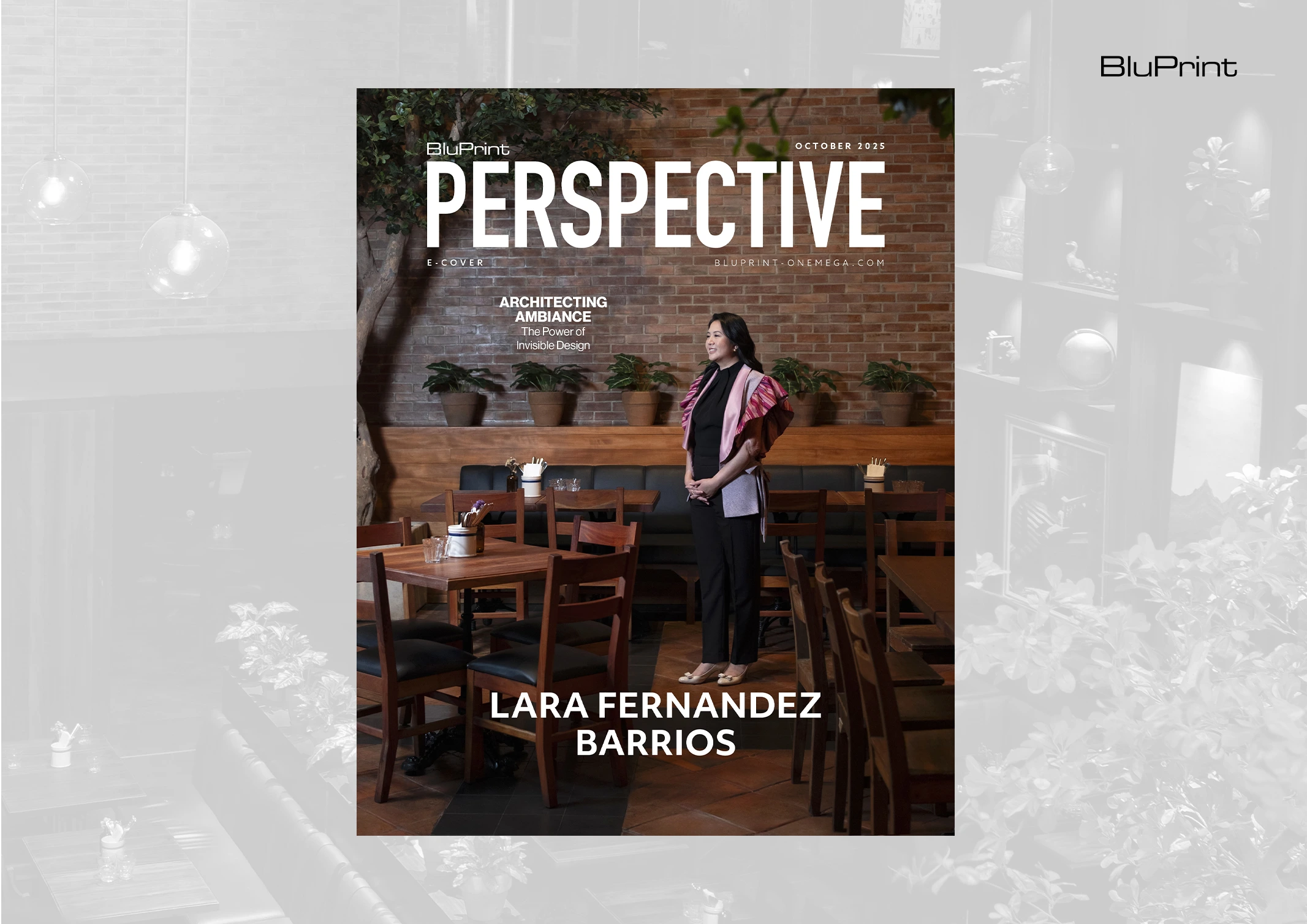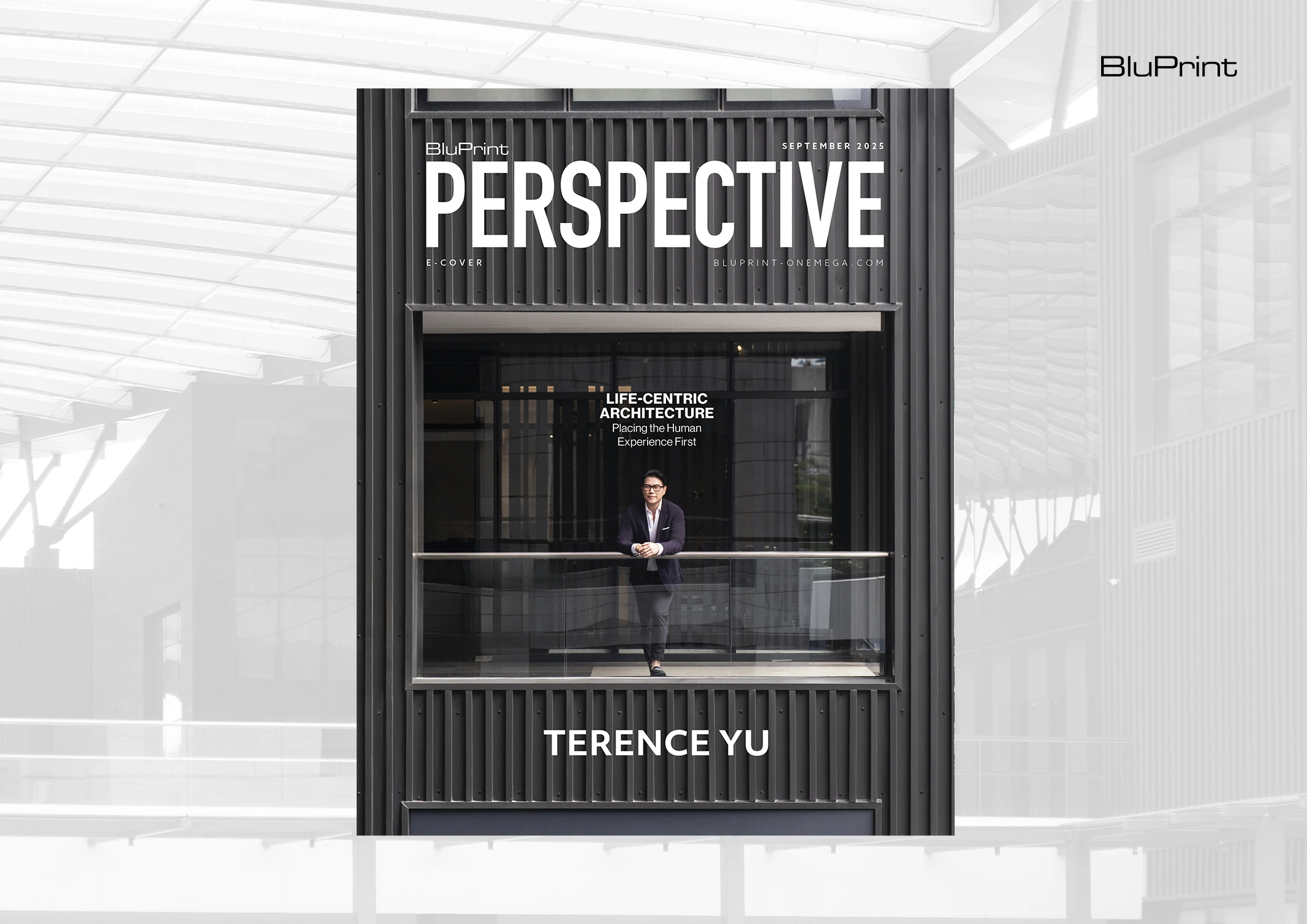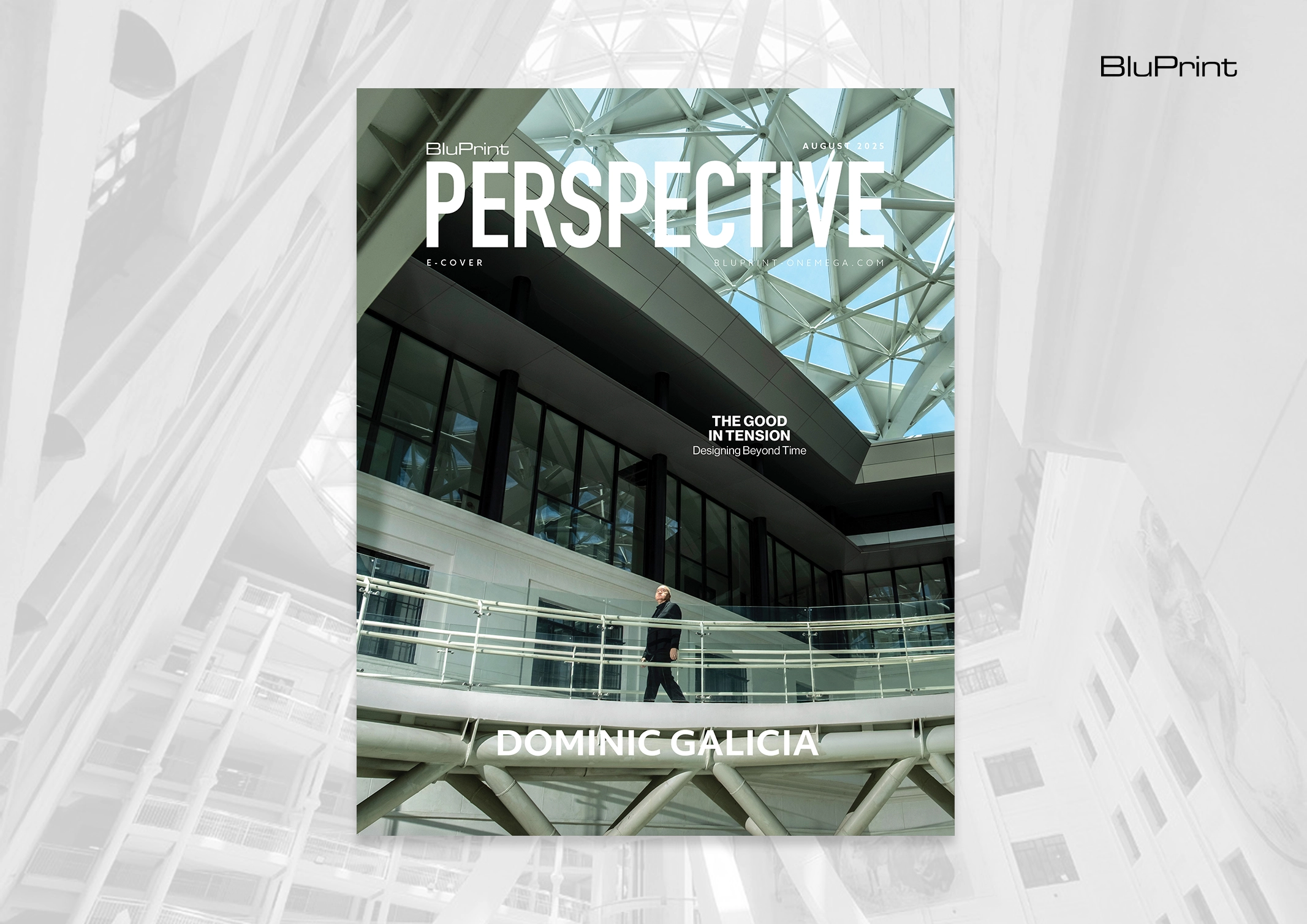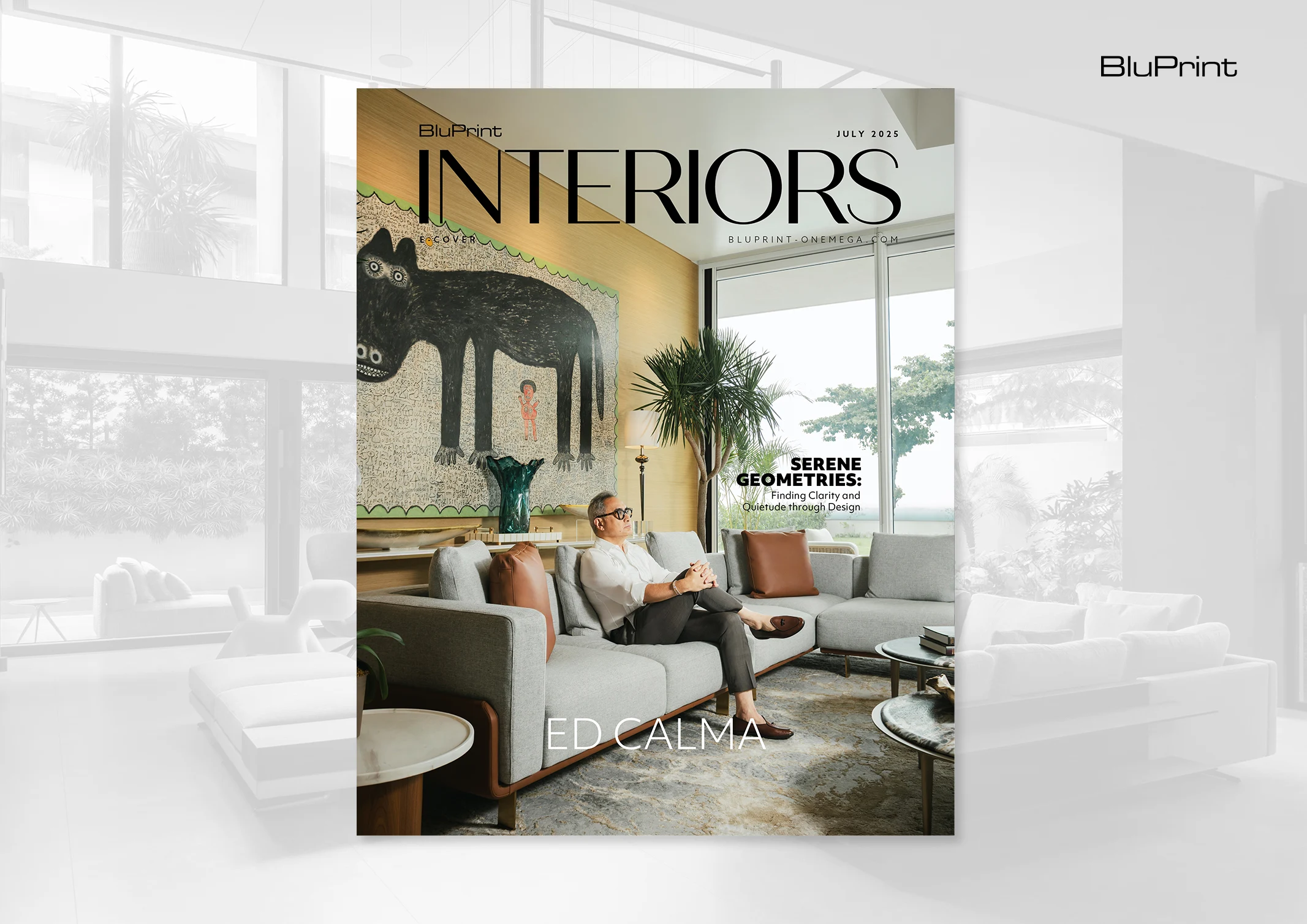The genius of a well-designed space is often invisible, yet its presence is deeply felt. It’s there in the warmth of light that encourages you to linger, the balance of texture and materials, and in the intuitive layout that guides you effortlessly through the room. This translation of an idea into a tangible, atmospheric reality […]
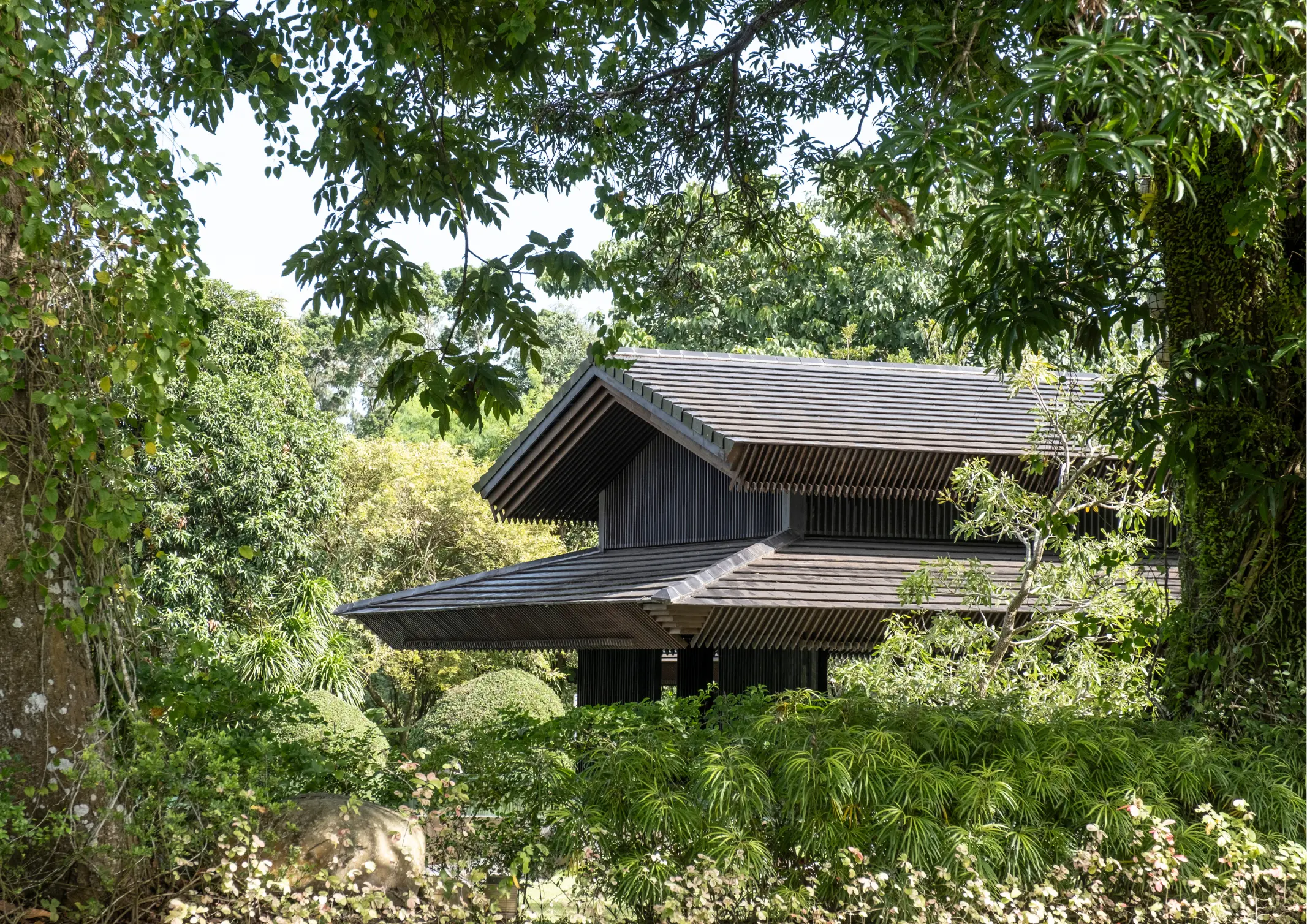
Kodawari Warrior: Jorge Yulo
Attempting to define Jorge Yulo by what he was not proved equally elusive. Not a post-modernist. Likely not a deconstructionist nor a formalist either, despite his playful manipulation of striking forms. What else not? “Oh, I’m evasive even to myself,” he admitted with a grin.
It was time to throw the boxes out.
After three hours of lively discussion and laughter, revisiting projects of his I’d explored over the years, I left with a dual sense of awe and satisfaction.

I had always sensed that Jorge Yulo was pursuing something more significant than perfection—his ideal melding of beauty, joy, wit, and precision. Though he never explicitly defined his manifesto, his ethos is clear: kodawari—the relentless pursuit of excellence through the meticulous integration of sensory experiences in his designs. His commitment—nay, obsession—is evident in every detail, from the tactile textures to the play of scents, air, and light, combining to craft environments that transcend visual appeal alone. And with awe, I pondered: with many more years to continue the chase, how might Yulo surpass himself?
Kodawari: Excellence through Passion and Persistence
Jorge Yulo’s aesthetic is noted for its meticulous attention to detail, craftsmanship, and integrating traditional and non-traditional materials in new and innovative ways. His projects showcase intricate formwork, precise alignments, and thoughtful use of light and texture, transforming spaces into contemplative and tactile experiences that elevate building materials to an art form.
Italian architect Carlo Scarpa and Yulo’s Japanese heroes—Kenzo Tange, Toyo Ito, Tadao Ando, and Kengo Kuma—have profoundly influenced him. Like them, Yulo treats each design detail as integral to the space’s function and poetic and sensory experience. This artisanal approach distinguishes him within the field of contemporary Philippine architecture.
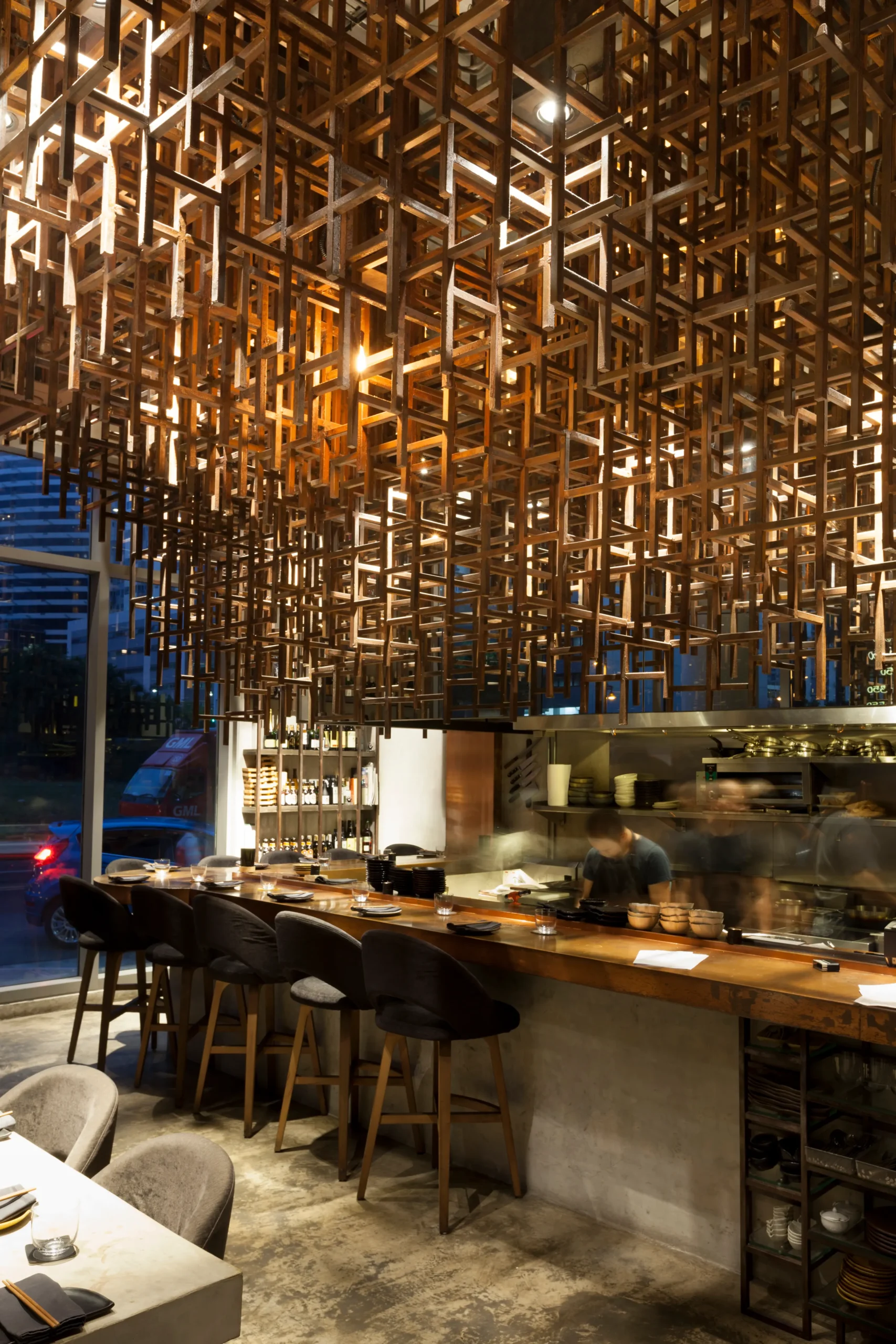
Yulo admires his heroes for embodying kodawari, a Japanese concept of uncompromising devotion to craftsmanship. It involves a relentless pursuit of perfection, attention to detail, and a commitment to excellence, regardless of the effort required or the practicality of the endeavor.
“A lot of times, in the beginning, they don’t know what they’re doing, you know? And until their aha moment, this germ of an idea grows organically from their exploration. From their always thinking about it, they fall into kodwari mode. Like, if you were a toothpick maker, in your dreams and waking hours, while you’re hungry or doing chores, you’re thinking how to improve that toothpick, whatever strokes you have to do to make it the best toothpick possible. That’s what they do. They make themselves part of the project,” Yulo explained, revealing how this all-consuming engagement is a transformative process as much for the creator as for the creation.
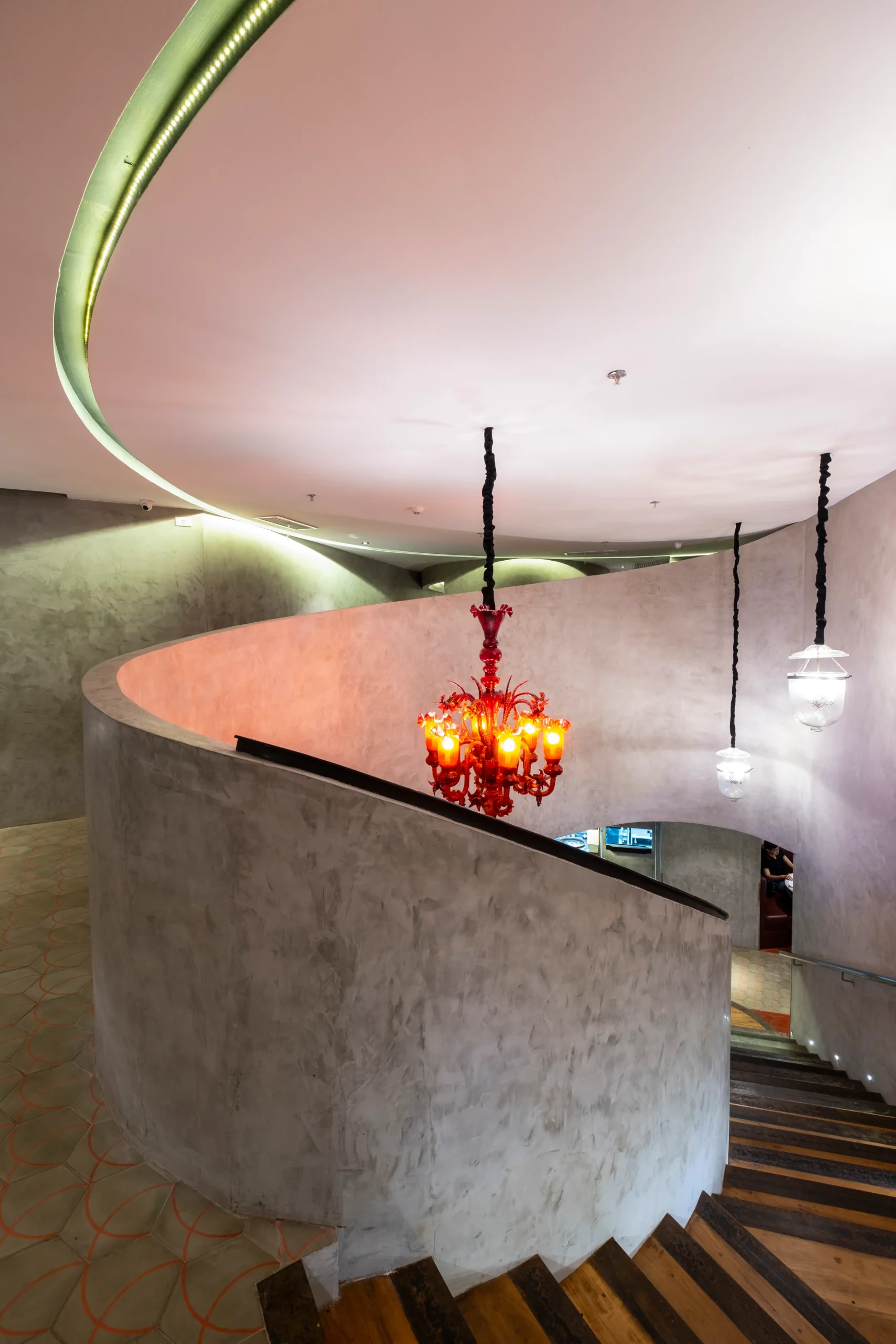
Yulo’s philosophy treats architecture as functional, inspirational, and capable of enduring and engaging on multiple levels. Although scalability and cost are legitimate concerns, his works exemplify how architecture can transcend expectations and serve as a lasting testament to the power of detailed, thoughtful design. These architectural endeavors contribute uniquely to our architectural heritage and impact individual lives, shape communities, and influence broader societal trends, making a profound imprint on the fabric of society.
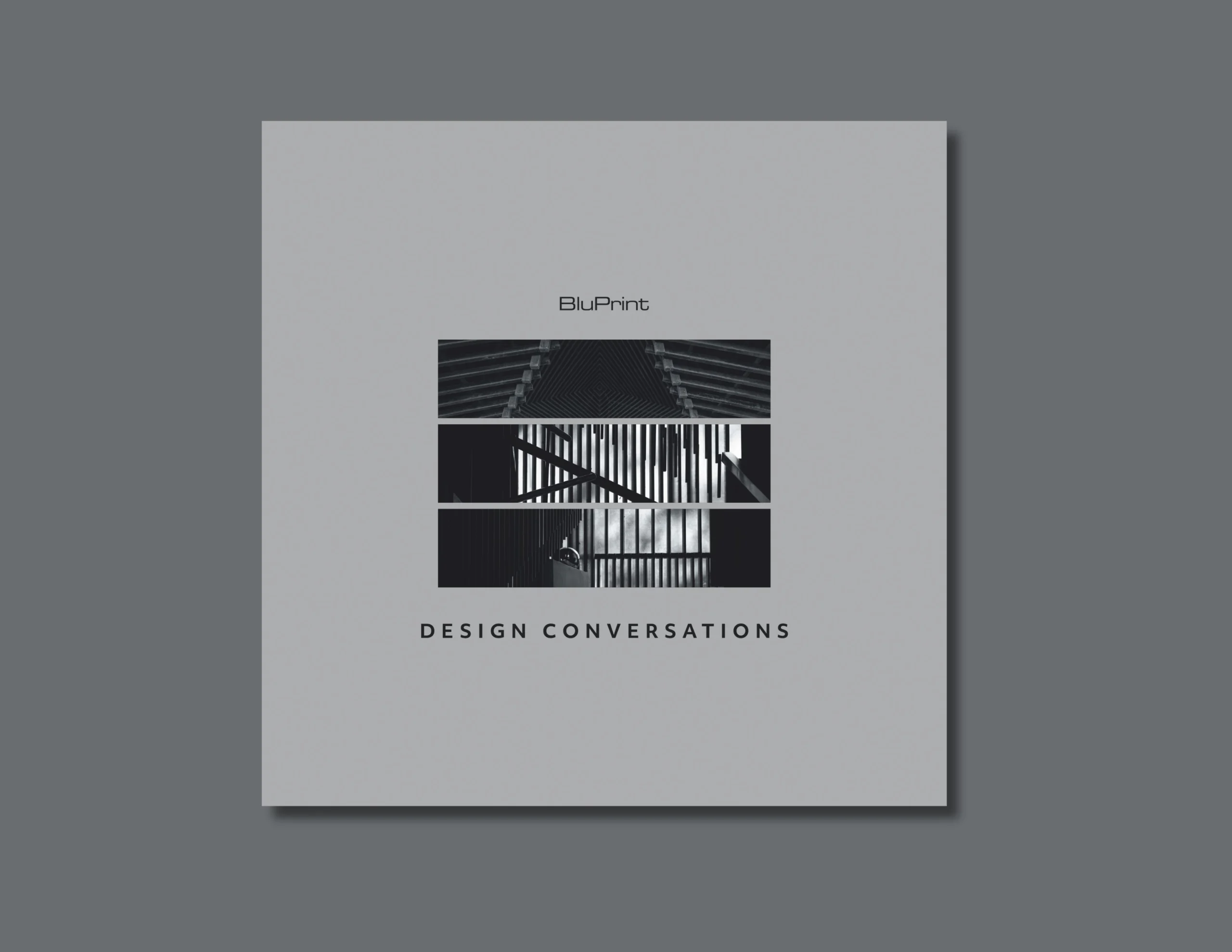
This article has been abridged for digital publication. Read the full story behind the Kodwari Warrior by ordering your copy of BluPrint’s “Design Conversations” at Sari Sari Shopping, Shopee, and Lazada. E-magazines are also available for download here or through Readly, Press Reader, and Magzter.
Dive into the captivating world of architecture, interiors, and arts & culture by getting exclusive digital access to BluPrint’s past and upcoming issues. Click here to find out more.
Photographed by Ed Simon
